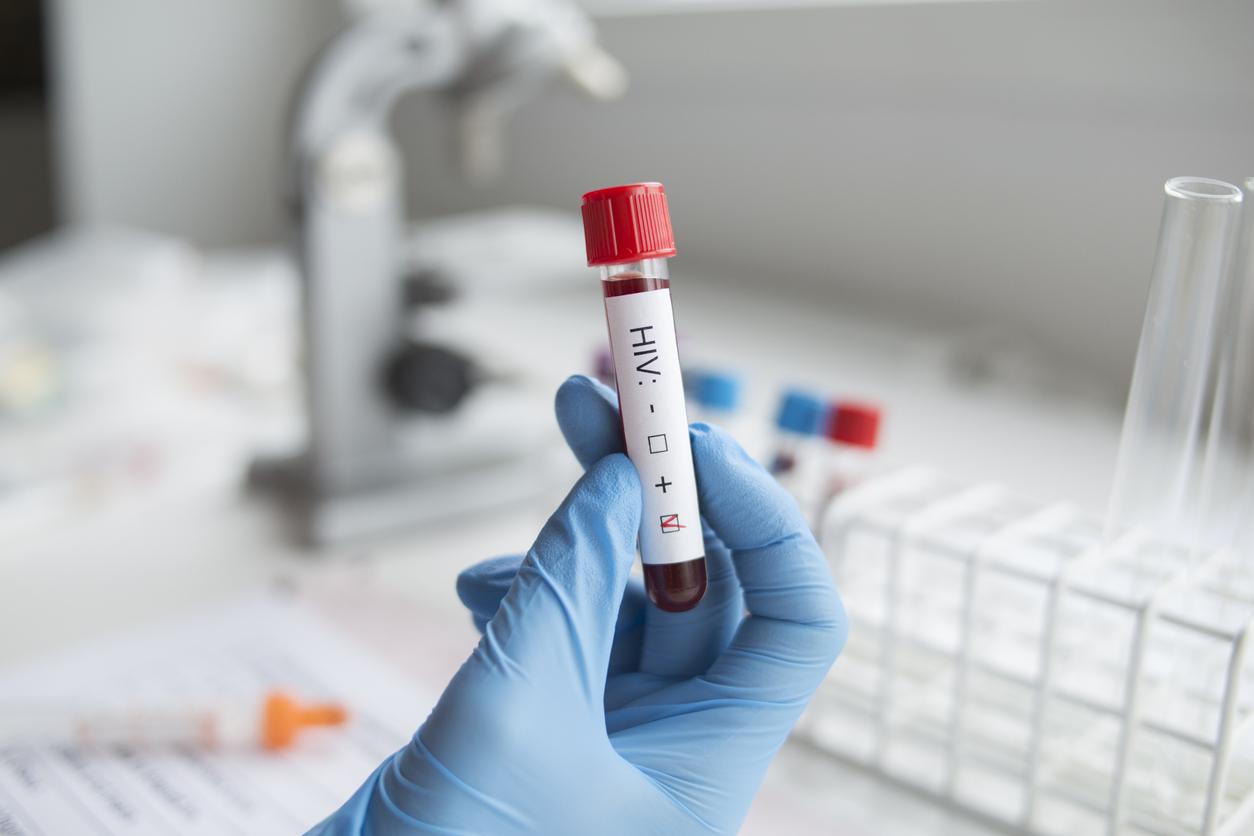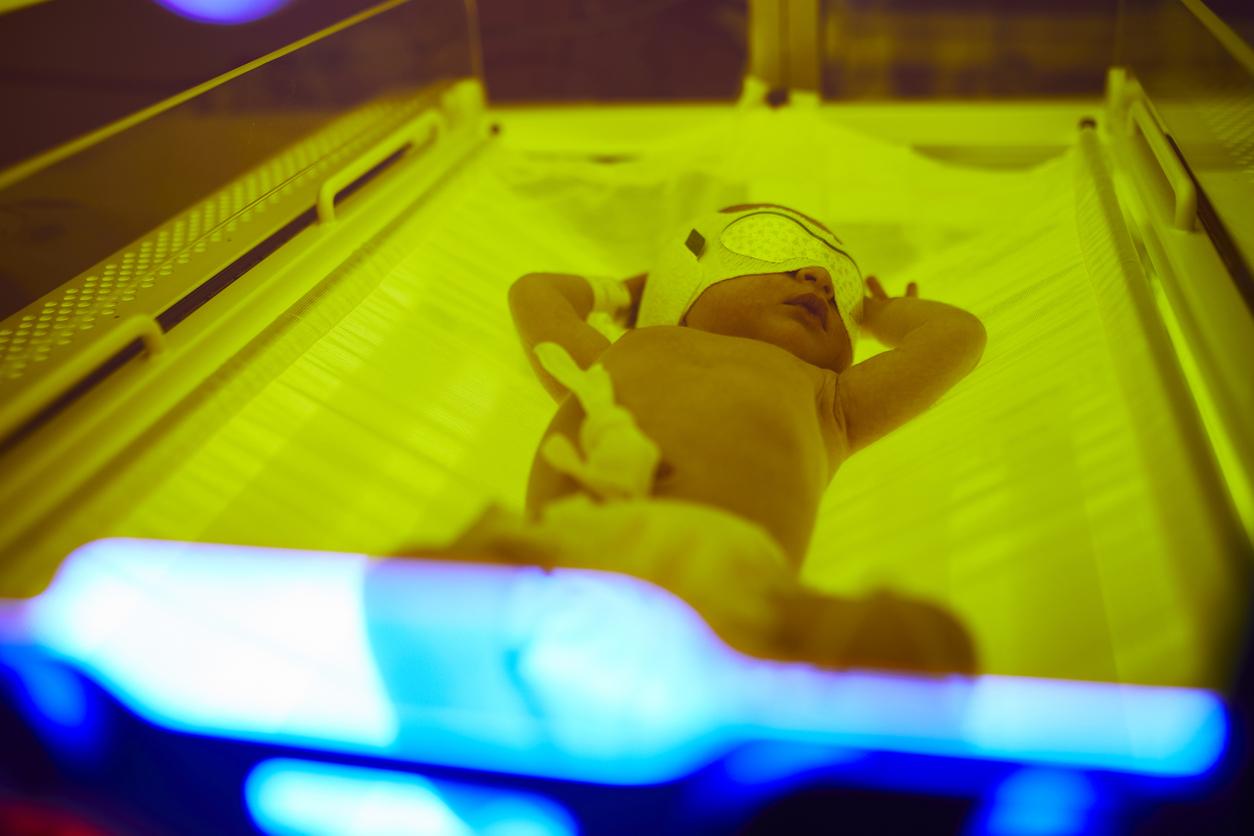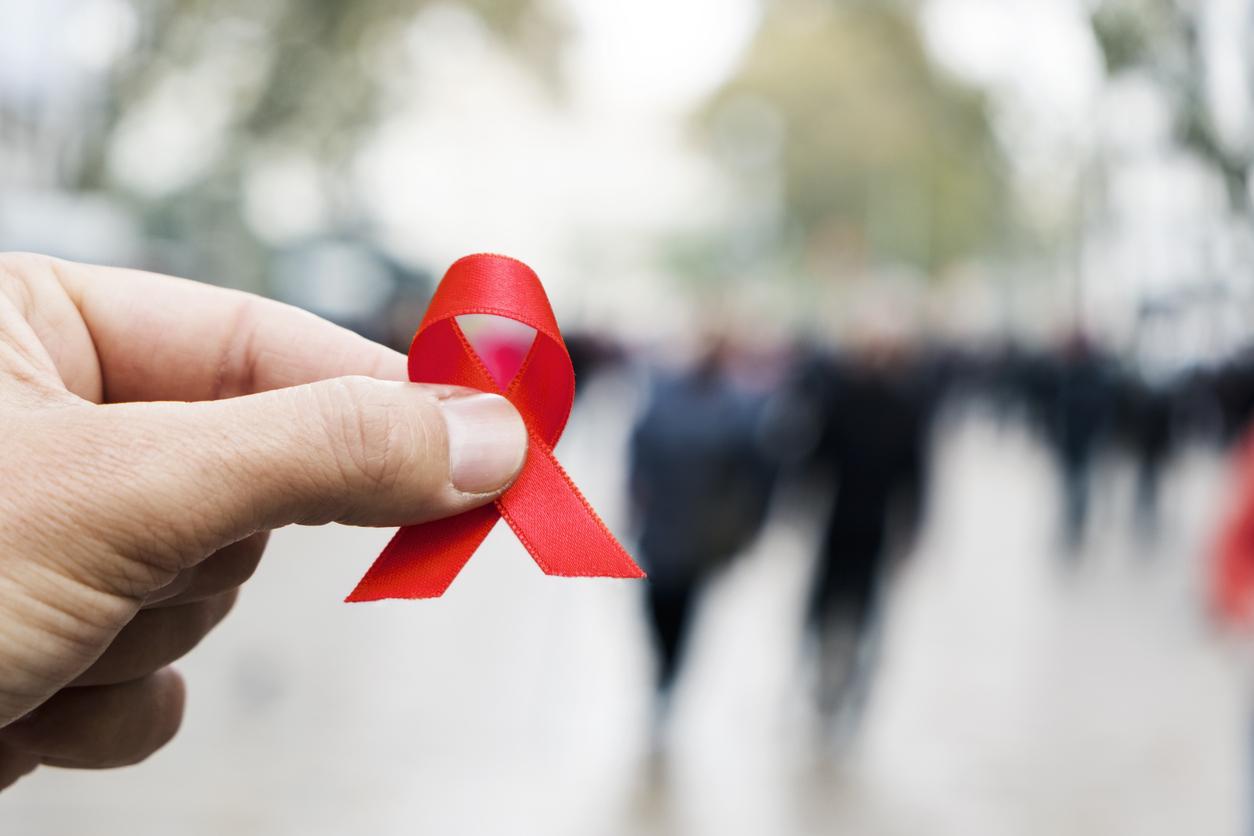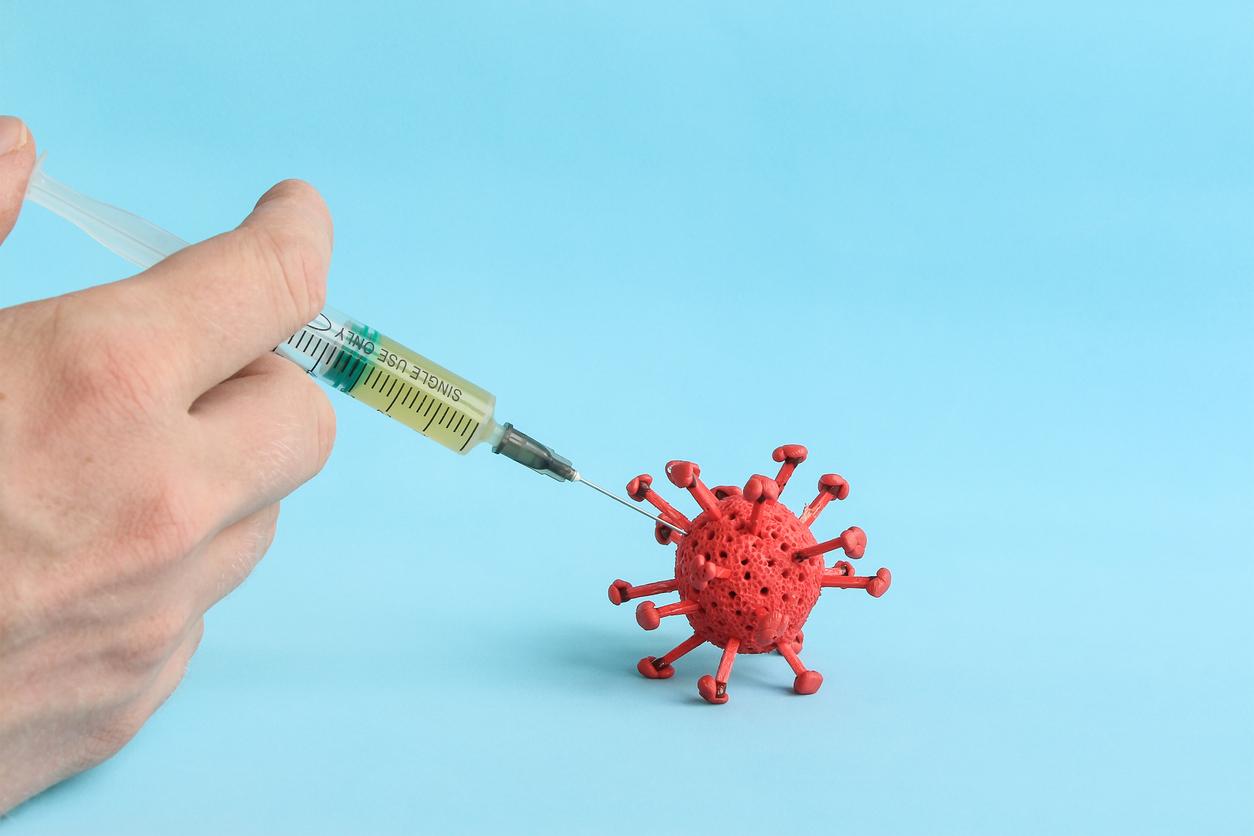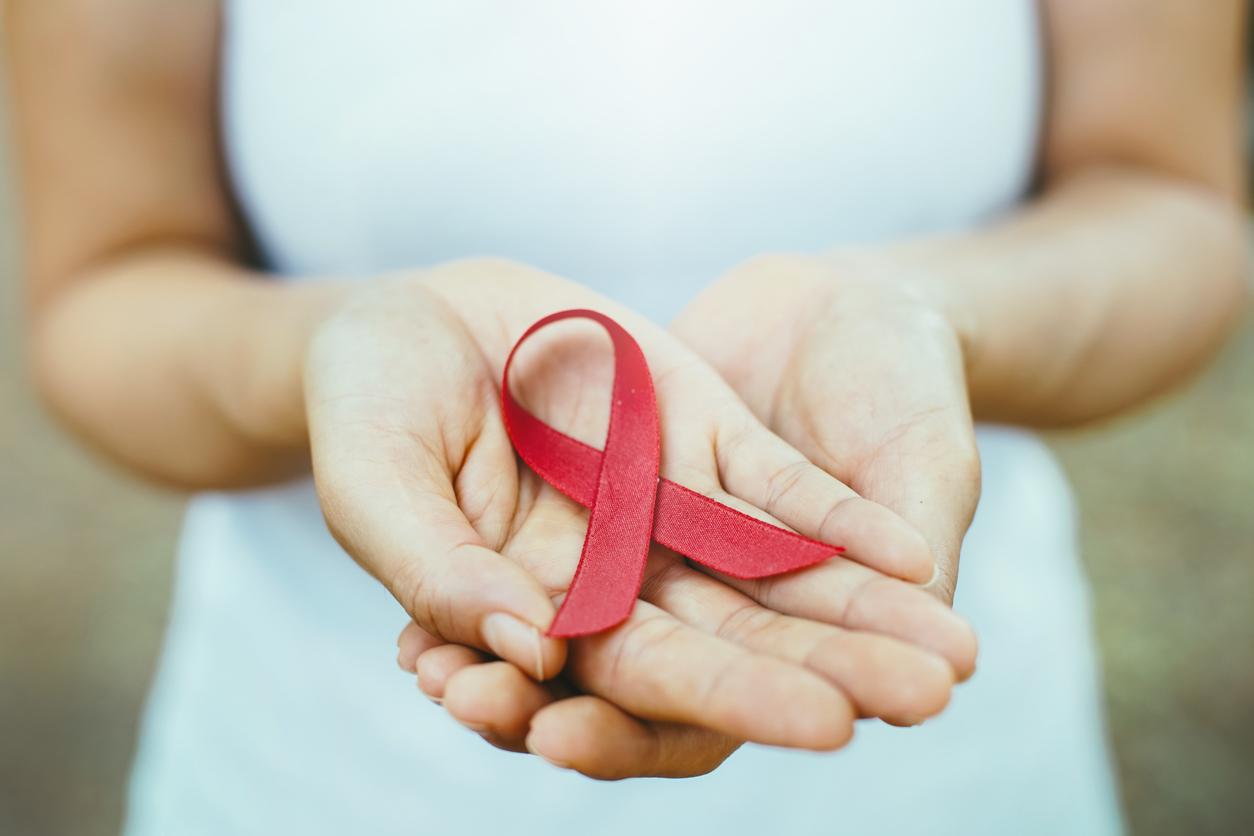How did the Omicron variant appear? Tulio De Oliveira, the South African researcher and bioinformatician who identified this new version of the SARS-CoV-2 coronavirus, has (perhaps) found an answer to this thorny question.
In the month of June 2021the researcher (who discovered the Omicron variant at the end of November 2021) and his team began to follow an HIV-positive patient (that is to say: infected with the human immunodeficiency virus, or HIV) affected by Covid-19.
The patient remained positive for Covid-19 for 216 days. Over this period, the researchers observed 13 unique mutations and around thirty genetic alterations in the SARS-CoV-2 coronavirus circulating in his body.
HIV prepares a favorable “evolutionary ground” for the coronavirus
The researchers’ hypothesis? Because she was seropositive and insufficiently treated against HIV, the patient followed was also immunocompromised; this particular situation probably provided a favorable “evolution ground” for the SARS-CoV-2 coronavirus, which was thus able to mutate and change… until (perhaps) giving rise to the Omicron variant.
As a reminder, in South Africa, around 5.5% of young people aged 15 to 24 were infected with the human immunodeficiency virus (HIV) in 2018; in total, in this country of approximately 58 million inhabitants, 7.52 million people are HIV-positive.
However, according to a study published by the World Health Organization (WHO) in July 2021, HIV infection is a risk factor for the development of a severe form of Covid-19, and a factor favoring the hospitalization of patients.
Read also :
- Variant Omicron: case in France, symptoms, vaccine efficacy… What we know
- 3rd dose of vaccine and end of validity of the health pass: a site to find your way around
- Omicron: how is it detected by screening tests?












